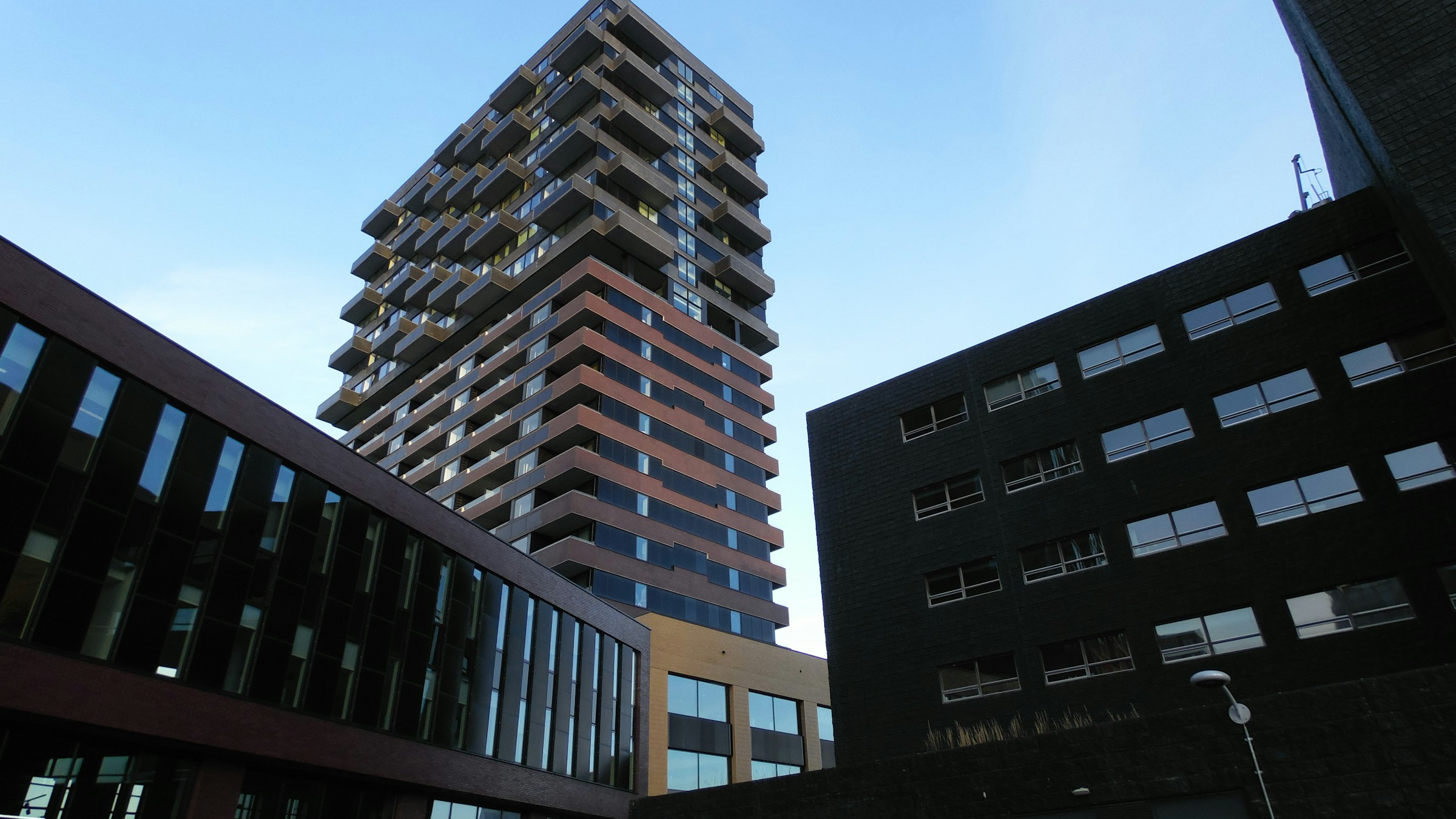Working in the historic city of Bath, with its storied architecture and heritage, can be quite the task. With strict regulations and unique challenges, building extensions in these areas can be a tightrope walk. This article will guide you through the specific planning challenges you may face and equip you with the knowledge to navigate them better.
Understanding the Historic Significance
The City of Bath is a UNESCO World Heritage Site, recognised in 1987 for its outstanding universal value. Every brick, every stone has a story to tell, and it is our responsibility to ensure that these stories are preserved for future generations.
Avez-vous vu cela : How can property owners benefit from agricultural land tax relief in the Scottish Borders?
Building extensions in such areas require a deep understanding of the historic significance of the existing structure. It is a task that goes beyond the realms of regular architecture. It is about studying the old, understanding it, and then designing something new that respects and complements the old.
Each building in Bath has a unique architectural style, a distinct character, and an intrinsic historic value. It is crucial to respect these aspects when planning an extension. This means carrying out thorough historical research, analysing the architectural style, the materials used, the traditional construction methods, and more.
Dans le meme genre : How to buy a property in spain in 2025: essential guide
Navigating the Planning Regulations
Bath has strict planning regulations owing to its designation as a World Heritage Site. These regulations aim to preserve the heritage of the city while permitting development that aligns with this objective.
Building extensions in Bath require obtaining planning permission from the local planning authority. This process involves submitting detailed plans of the proposed extension, including how it aligns with the existing structure. The planning permission is assessed on multiple parameters, including the impact on the historic character of the building, the visual impact on the streetscape, and the impact on the overall heritage of the city.
It is also important to remember that Bath has a number of listed buildings. These buildings have additional protection, and any changes to them, including extensions, require listed building consent. This process is more rigorous and requires demonstrating that the extension will not harm the building’s historic significance.
The complex labyrinth of planning regulations can be daunting, but with thorough research and expert assistance, it is possible to navigate through them successfully.
Balancing Modern Needs with Historic Preservation
While the primary challenge of building extensions is to respect and preserve the historic character of the building, it is also important to cater to the modern needs of the occupants. The extension must not only be visually and historically compatible, but also functionally efficient.
This balance is a delicate one to strike. It requires innovative design solutions that combine traditional aesthetics with modern functionality. The use of materials is one such aspect. The extension should visually blend in with the original structure, which often means using traditional materials. However, these materials should also meet modern standards of durability, sustainability, and energy efficiency.
Managing the Construction Process
The construction process in historic districts can be a complex task. Given the sensitive nature of these sites, construction activities must be minimal and non-disruptive.
The historic buildings in Bath often have several layers of history, built over centuries. The construction process must be careful not to disturb these layers. This requires specialized construction methods and skilled craftsmanship.
Moreover, the construction process must adhere to strict safety and conservation protocols. The use of heavy machinery is often restricted, and the site needs to be constantly monitored to prevent any inadvertent damage to the historic fabric.
Engaging with Stakeholders
Lastly, building extensions in historic districts of Bath is not just about dealing with bricks and mortar. It involves engaging with various stakeholders – from local authorities and heritage bodies, to local residents and businesses.
The planning process should involve consultations with these stakeholders. Their insights and concerns can be invaluable in shaping the design. It is also essential to keep them informed about the progress of the project, and address any concerns promptly.
In conclusion, while building extensions in the historic districts of Bath comes with a unique set of challenges, it is an opportunity to contribute to the city’s rich architectural heritage. It requires careful planning, meticulous research, innovative design, and collaborative engagement. But the end result, a seamless blend of the old and new, makes it all worthwhile.
The Role of Heritage Bodies and Conservation Officers
Heritage bodies and conservation officers play a significant role in the process of planning and executing building extensions in the historic districts of Bath. Their primary function is to ensure that the proposed extension respects the historic significance of the existing structure and the overall heritage of the city.
In Bath, an array of heritage bodies like Historic England, the Bath Preservation Trust, and the local conservation officers are closely involved in the planning process. These bodies review the proposals and provide advice on how to best adapt the existing structure and ensure the extension aligns with the character of the building. They also monitor the construction process, confirming adherence to heritage conservation protocols.
The design and construction plans must be submitted to these bodies for review and approval. This includes architectural plans, material specifications, construction techniques, and more. The feedback from these bodies often shapes the final design and construction plans. Their approval is crucial for the planning permission application and the listed building consent process, if applicable.
The relationship with these heritage bodies and conservation officers is paramount, and it is important to maintain a collaborative dialogue with them throughout the process. Their expertise can help sidestep potential pitfalls and lead to a more enriching and successful outcome.
Conclusion: Embracing the Challenge and Contributing to Bath’s Heritage
Building extensions in the historic districts of Bath is undeniably a challenging task. It involves navigating a complex labyrinth of planning regulations, understanding the historic significance of the building, innovating design solutions, managing a sensitive construction process, and engaging with multiple stakeholders. But far from being merely a daunting task, it should be viewed as an opportunity to contribute to the city’s rich architectural heritage.
The key to successfully planning and executing a building extension in Bath lies in the balance. It requires a delicate balance between respecting the historic significance and catering to modern needs, between preserving the old and embracing the new, between adhering to regulations and pushing for innovation. This balance can only be achieved through careful planning, meticulous research, thoughtful design, and collaborative engagement.
In the end, a successful extension not only adds value to the building but also enriches the architectural tapestry of Bath. It is a testament to the city’s ability to evolve while staying true to its roots.
Building extensions in Bath is truly a privilege. It provides a chance to leave a mark on the city’s architectural landscape, to contribute to its story, and to be a part of its glorious heritage. It is a challenge worth embracing. Through every brick, every stone added, we continue the narrative of Bath’s architectural symphony, a melody that has been playing for centuries and will continue to resonate for generations to come.






